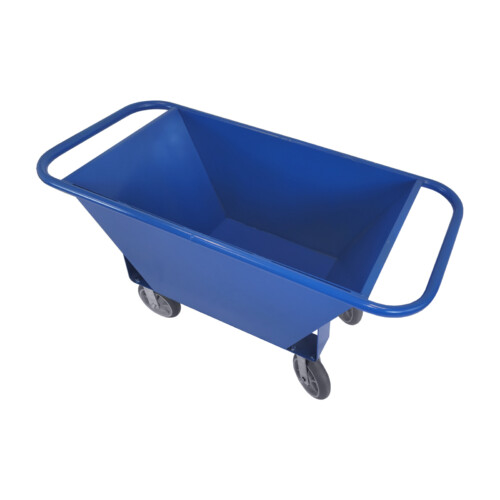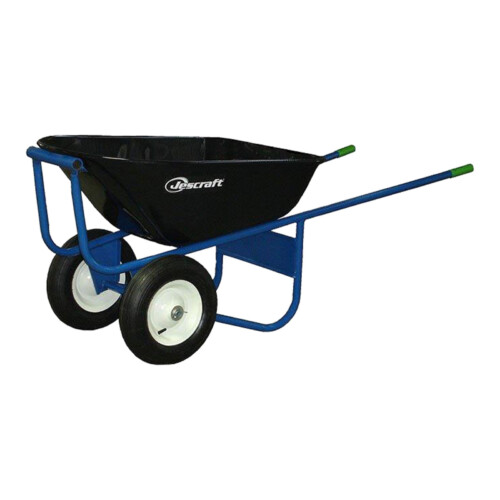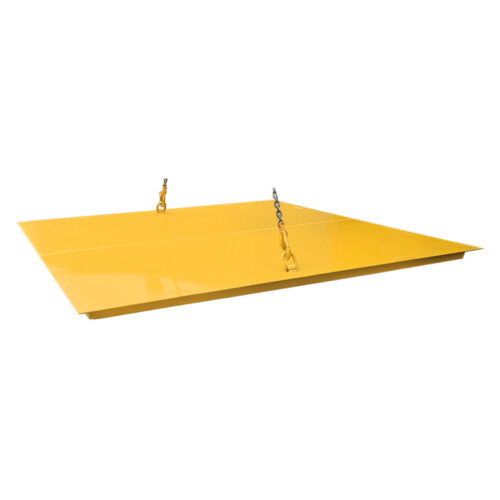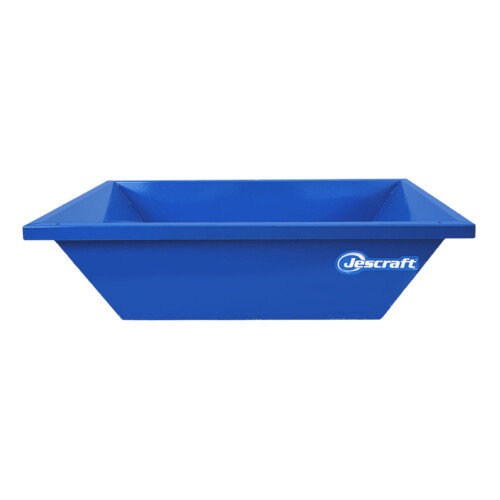Description
Why does your construction site need washout pans?
Washout pans are essential on-site equipment and EPA best practice management to collect concrete washout water and solids that runoff from washing truck chutes and pump truck hoppers at construction sites. Collecting the washout water prevents contamination of soil surface and ground water, and allows the wash water to be reclaimed or re-used. Concrete pouring, truck washing, and tool washing results in the production waste slurries and wash water. Concrete slurries and wash waters typically have a high pH of around 12 standard units. They can also contain heavy metals. Both pH and heavy metals can be dangerous to aquatic life. If wash water is dumped onto the soil surface, it can leach into and contaminate lakes, rivers and streams.
Stackable Concrete Washout Pan
The Stackable Concrete Washout Pan is your jobsite solution for collecting concrete washout or washwater. Truck chutes, pump hoppers and tools can be washed in the container, which will hold the liquids and solids until reclaimed. This Washout Pan is also leakproof to ensure containment of washout. It also features high-quality Pewag rated D-rings, providing exceptionally strong lifting points. These D-rings swivel 180 degrees, allowing for connection at the desired position. Additionally, the D-rings also provide secure tie-down points when transporting one or more washout pans. Up to 9 units can be transported or stored together with this washout pan’s stackable design.
Concrete washout pans should not exceed the recommended fill capacity and should be cleaned out upon reaching 75% of capacity. To avoid potential overflowing during a rainfall, add a Steel Rain Lid (SKU# WPL-727214).
Manufactured in the USA.
Product images shown are for illustration purposes only and may vary from actual products.
*Note: Always distribute load evenly. When uniform weight capacity is calculated for any product, the capacity is based on the weight being uniformly distributed over the entire usable area. For those products with casters or wheels, the maximum weight capacity is the lowest weight capacity of either the product or the set of casters/wheels.









